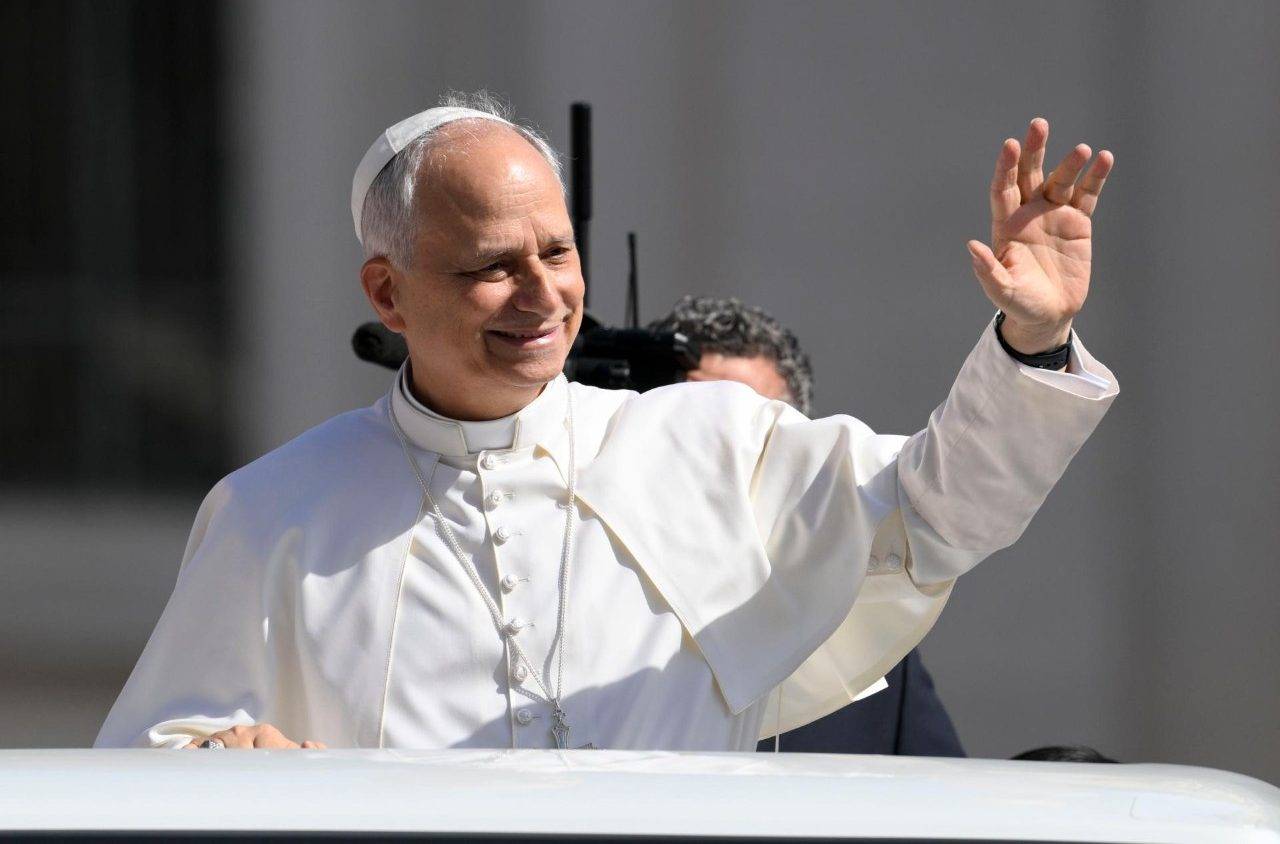Pope Francis on Tuesday may have untied a theological knot that’s long hobbled efforts to venerate the memory of contemporary victims of anti-Christian persecution, which is this: How do you make somebody who died for their faith a saint, when, technically speaking, he or she wasn’t actually a martyr?
Traditionally, a “martyr” means someone who died for their religious beliefs, the test of which is that they were killed in odium fidei, or “hatred of the faith.” Think early Christians, for instance, put to death for refusing to sacrifice to pagan gods or to worship the emperor. In that scenario, the motives of the people killing Christians have to be explicitly religious, not political or economic or anything else.
While there are still plenty of examples of that kind of martyrdom in the 21st century – for instance, Christians in India who die for refusing to take part in “re-conversion” ceremonies to Hinduism, or French Father Jacques Hamel, the 85-year-old priest killed in 2016 by two Muslim men professing loyalty to ISIS – in a large number of other modern cases, the traditional test just doesn’t fit.
An example may help.
In 2011, two Catholic missionaries were killed in Burundi, Croatian Sr. Lukrecija Mamić and Italian layman Francesco Bazzani. The slaying happened during an attempted robbery at the Kiremba convent of the Sisters of Charity in Burundi where Mamić lived, and where Bazzani was serving as a volunteer. Mamić was killed immediately when thieves burst into the convent, while Bazzani and another nun, Sister Carla Brianza, were taken as hostages. Nine miles away they stopped and shot Bazzani to death, while Brianza managed to escape.
From the strictly classical point of view, their deaths, while tragic, would not qualify as “martyrdom.” The robbers attacked the convent because they thought it would have items worth stealing, and Mamić and Bazzani just got in the way. Given the religious demography of Burundi, there’s a good chance the killers themselves were actually Catholic.
Yet the question has to be asked: What were Mamić and Bazzani doing in Burundi in the first place?
This particular corner of Burundi had been an epicenter of the genocidal violence in Africa in the 1990s, and it’s also one of the hardest-hit corners of the planet by the AIDS pandemic. It’s a dangerous, largely lawless, and forgotten corner of the world, where the Sisters of Charity and other religious groups are essentially the lone institutions that still have a functioning presence in the area.
Both Mamić and Bazzani were well-educated professionals, who certainly had to know that there were far safer and more comfortable places to live and work. In addition to being one of the five poorest places on earth, Burundi is ranked by the 2012 “DHL Global Connectedness Index” as the least globalized of 140 surveyed countries. It has the lowest per-capita GDP of any nation on earth and one of the world’s lowest life expectancy rates, largely due to warfare, corruption, poor access to education and the effects of HIV/AIDS.
Despite those hardships, Mamić and Bazzani chose to stay there, among some of the world’s most forgotten and exploited people, because their faith compelled them to do so. To use the language made popular by Pope Francis, they risked their lives, and ultimately gave them up, to serve victims of a “throw-away culture” on the peripheries of the world.
Prior to Tuesday, a sainthood process for Mamić and Bazzani might have been complicated by doubts as to their claim to martyrdom. Now, however, there’s another way.
In a motu proprio, or legal act, by Pope Francis dated June 11, a third path to sainthood has been opened up along martyrdom and “heroic virtue,” the two traditional requirements for a halo: Sainthood on account of the “offer of life,” for cases in which believers “following closely in the footsteps and teachings of the Lord Jesus, freely and voluntarily offered their life for others, and persevered until death.”
“It’s certain,” according to the pope’s motu proprio, “that the heroic offer of one’s life, suggested and sustained by charity, expresses a true, full and exemplary imitation of Christ, and because of that, it’s worthy of that admiration that the community of the faithful usually reserves to those who have voluntarily accepted the martyrdom of blood or who’ve exercised Christian virtue to a heroic degree.”
Beyond its impact on sainthood causes, Pope Francis’s move on Tuesday also brings to fruition a trajectory that began under St. John Paul II.
John Paul II stretched the concept of martyrdom to include not only those killed in hatred of the faith, but also those who died in hatred of the church. One classic example is St. Maximilian Kolbe, a Polish Franciscan priest who died under the Nazis in the Auschwitz concentration camp in 1941 after volunteering to take the place of a stranger. This was not a death in odium fidei, because Kolbe wasn’t put to death for his religious convictions. Yet when John Paul canonized Kolbe in 1982, he termed the Polish priest a “martyr of charity.”
That push to expand the concept of martyrdom, however, ran afoul of some theologians and canonists, who argued that it didn’t fit the traditional understanding. The same debate long obstructed progress with the sainthood cause of Archbishop Oscar Romero of El Salvador, with some insisting that his death was inspired by political reasons rather than the classic “hatred of the faith.”
(Buttressing that suspicion was the fact that both Romero’s actual assassins, and most of those who orchestrated his death, understood themselves to be Catholic.)
In effect, what Pope Francis has done is to avoid that debate rather than resolving it. He’s created a new pathway to sainthood reflecting contemporary circumstances, which could have wide implications for victims of anti-Christian persecution in various parts of the world.
Here’s another example.
Right now, Christians who are members of the Berom ethnic group in Nigeria are being harassed, and some are losing their lives in Plateau State, victims of periodically vicious attacks by the largely Muslim Fulani group. The Fulani are herders and the Berom farmers, so part of the conflict is economic – the ranchers want the land, and the farmers don’t want to give it up. On the other hand, given that Fulani assailants often sweep into farms and villages dressed in black, carrying Islamic banners, and shouting “Allahu Akbar,” it’s hard for many Berom not to see a religious dimension to their suffering.
Let’s take the hypothetical case of a Catholic pastor or lay leader who decides to stay in a village to minister to the Berom, despite risks to life and limb, and ends up getting killed. In the past, launching a sainthood cause would be immediately bogged down with analysis of the precise reasons for which that person was murdered, and whether they were primarily a matter of religion or socio-economic conflict.
Now, it’s sufficient that it be an “offer of life” inspired by the Gospel.
The bottom line is that Francis’s adjustment to the sainthood rules on Tuesday isn’t just insider Vatican baseball. It’s a gesture of solidarity with all those Christians around the world today putting their lives on the line on the basis of their faith – and, given the staggering number of such folks in the early 21st century, it could end up being among the most consequential moves he’s made.















